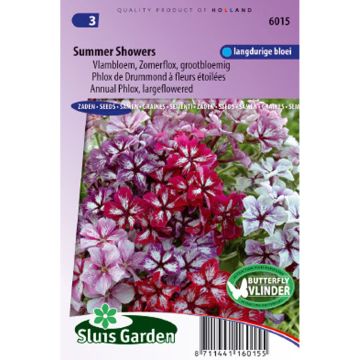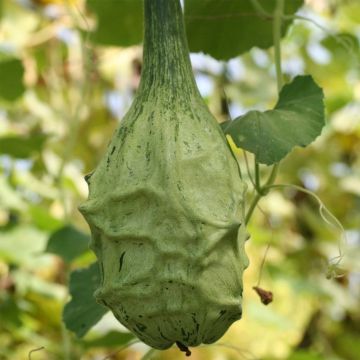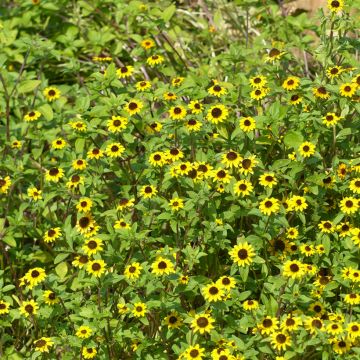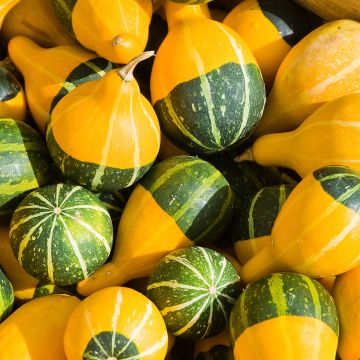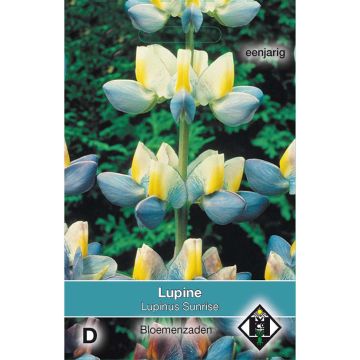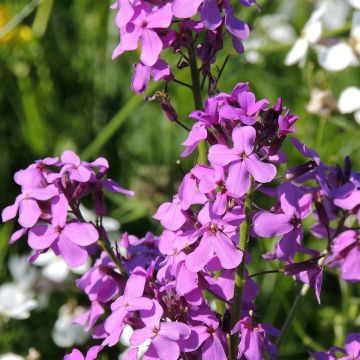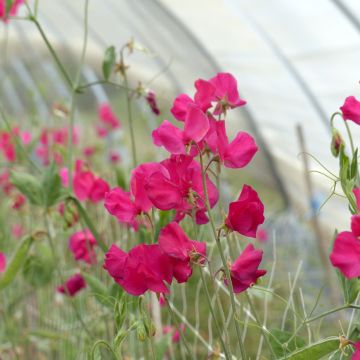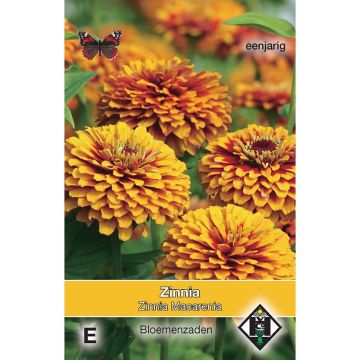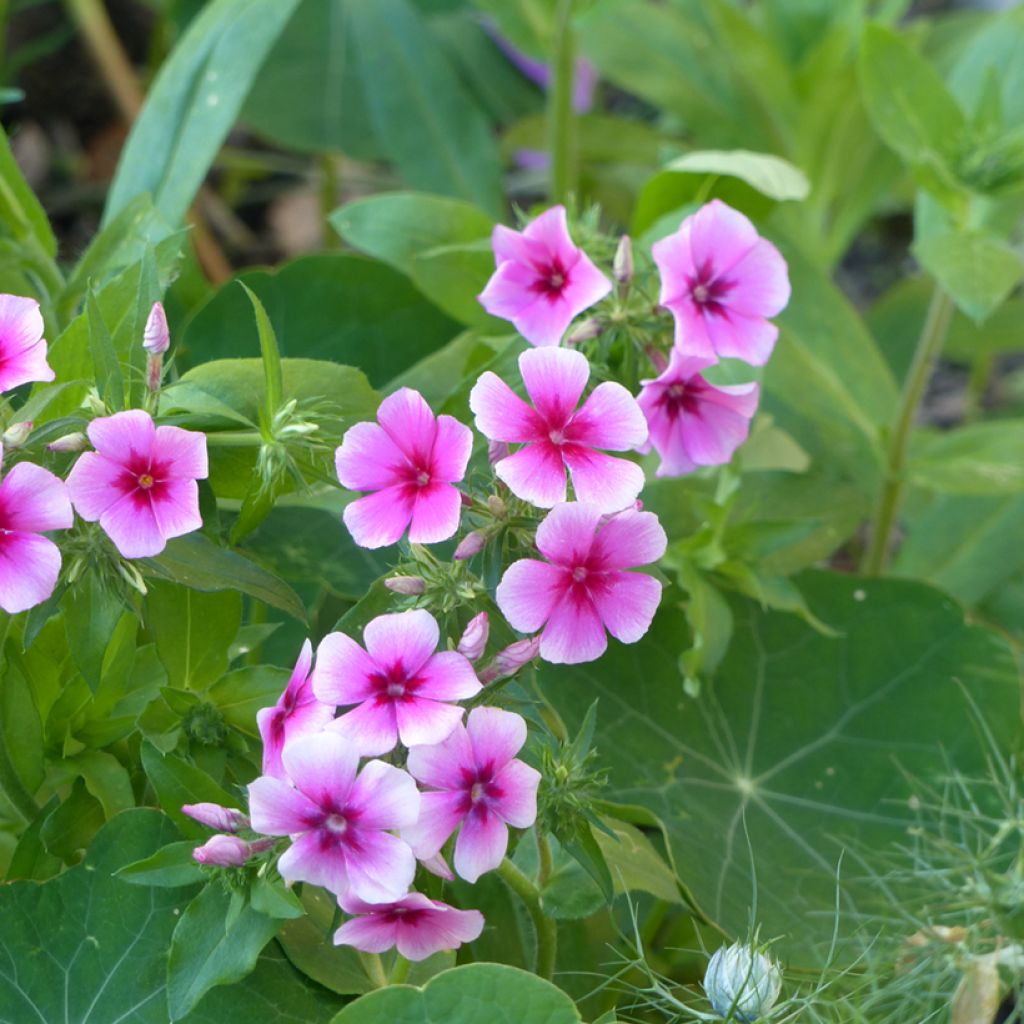

Phlox drummondii Brilliant seeds - Annual Phlox
Phlox drummondii Brilliant seeds - Annual Phlox
Phlox drummondii Brilliant
Annual Phlox, Drummond Phlox
This item cannot be shipped to the selected country
Delivery charge from €5.90
More information
Schedule delivery date,
and select date in basket
This plant carries a 6 months recovery warranty
More information
We guarantee the quality of our plants for a full growing cycle, and will replace at our expense any plant that fails to recover under normal climatic and planting conditions.
From €5.90 for pickup delivery and €6.90 for home delivery
Express home delivery from €8.90.
Does this plant fit my garden?
Set up your Plantfit profile →
Description
Phlox drummondii 'Brilliant' is an annual variety, prized for its abundant and colourful flowering, which brings life to the garden or terrace throughout the summer. This plant is ideal for adding touches of bright pink in flower beds, borders or planters. In a cottage garden or in a flower pot, this Phlox is essential for creating floral compositions all summer long.
Phlox drummondii belongs to the Polemoniaceae family, its origins can be found in the meadows and open areas of the southern United States, particularly in Texas. The 'Brilliant' cultivar, introduced in the early 20th century, stands out for its star-shaped flowers of 2 to 3 cm in diameter, in a bright pink with a darker centre. This plant germinates, flowers, produces seeds and then dies within a few months. It generally measures 30 to 45 cm in height and has lanceolate dark green leaves. Its compact and slightly spreading habit allows it to integrate well into flower beds. The fragrant and generous flowering begins in May-June and continues throughout the summer, even extending into autumn under favourable conditions. It produces fruits in the form of small capsules containing the seeds. Resistant to heat, this plant prefers well-drained soil and regular watering in case of prolonged drought.
Phlox drummondii Brilliant works well in colourful borders, planters or even in moist rockeries. It pairs well with Gaillardia pulchella 'Razzle Dazzle' for a rustic effect, Coreopsis tinctoria for a striking yellow contrast, Zinnias 'Zinderella' in pink tones, or even with Cosmos 'Sensation Picotee' for a natural and airy look. Placed in groups, this Phlox provides a magnificent mass effect that attracts pollinators while creating a colourful and long-lasting floral carpet.
Report an error about the product description
Phlox drummondii Brilliant seeds - Annual Phlox in pictures
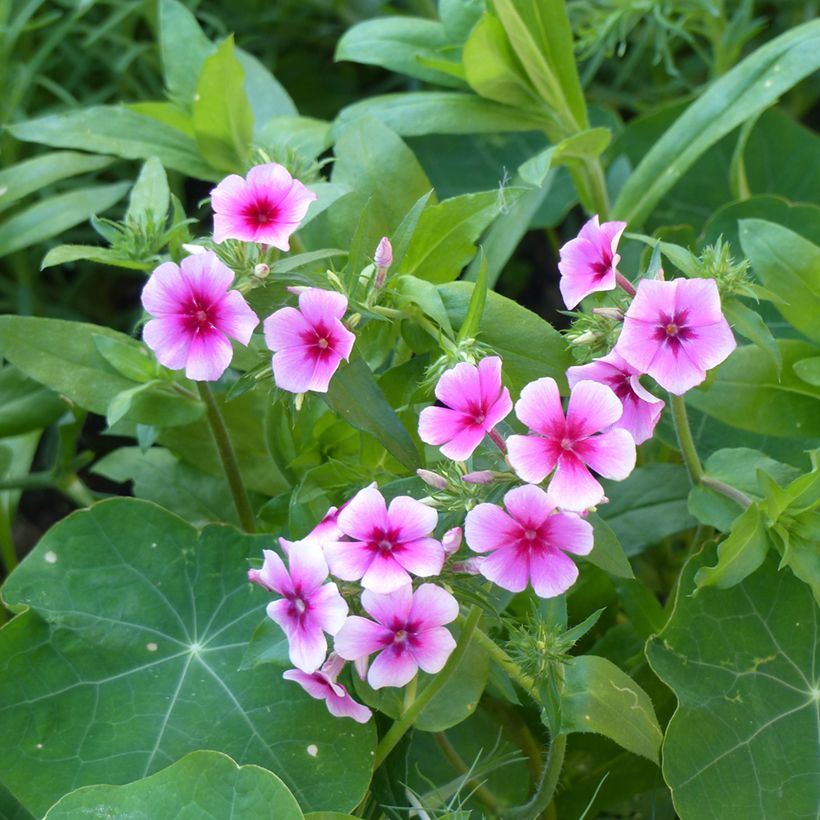

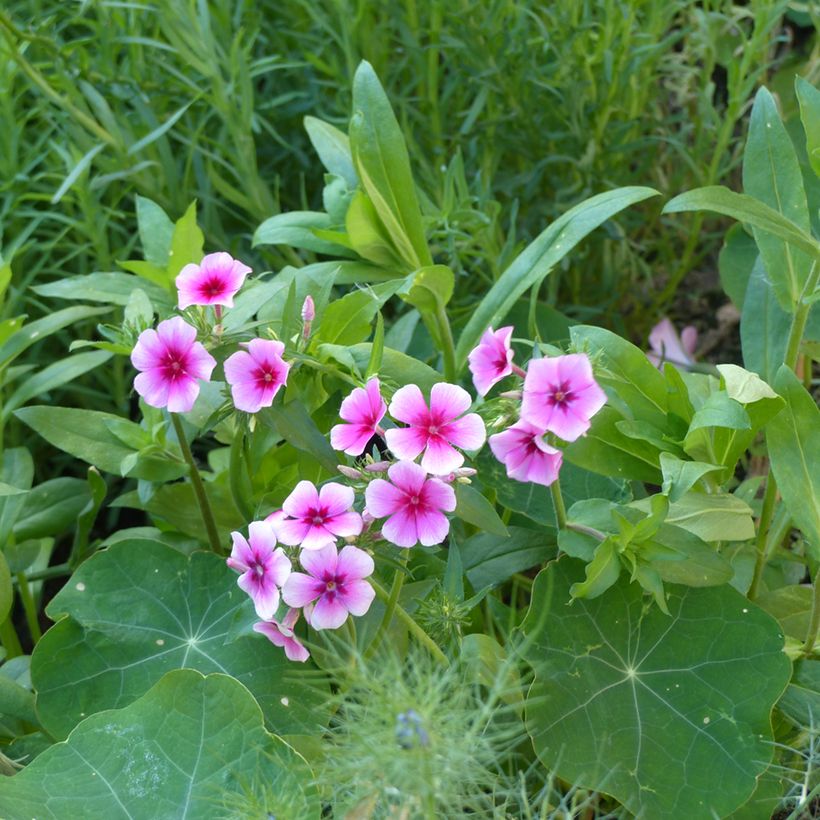

Flowering
Foliage
Plant habit
Botanical data
Phlox
drummondii
Brilliant
Polemoniaceae
Annual Phlox, Drummond Phlox
Cultivar or hybrid
Other Phlox seeds
Planting and care
Phlox Drummondii 'Brilliant' seeds are best sown under cover in a seed tray from February to March. Ideally, a temperature of 18-20°C should be maintained for rapid germination, but the seeds can germinate as soon as temperatures range between 13 and 15°C.
Just cover the seeds with a thin layer of compost (1 to 2 mm) kept slightly moist and place in the sun (essential for germination). They will sprout between 10 and 21 days. When the young plants are large enough to be moved and the frost period is over, you can plant them out. Choose a well-drained soil, preferably rich and in a sunny location.
Sometimes not tolerating transplanting very well, it is also possible to sow them directly in place from April to May. Sow by loosening the soil surface. Place one seed every 10/15 cm.
Cultivation:
Drummond Phlox prefer light, fertile, moist, well-drained soils and a sunny exposure. They are susceptible to powdery mildew, so you can apply a preventive treatment and make sure not to water the foliage. Protect young plants from slugs.
Sowing period
Intended location
This item has not been reviewed yet - be the first to leave a review about it.
Flower seeds
Haven't found what you were looking for?
Hardiness is the lowest winter temperature a plant can endure without suffering serious damage or even dying. However, hardiness is affected by location (a sheltered area, such as a patio), protection (winter cover) and soil type (hardiness is improved by well-drained soil).

Photo Sharing Terms & Conditions
In order to encourage gardeners to interact and share their experiences, Promesse de fleurs offers various media enabling content to be uploaded onto its Site - in particular via the ‘Photo sharing’ module.
The User agrees to refrain from:
- Posting any content that is illegal, prejudicial, insulting, racist, inciteful to hatred, revisionist, contrary to public decency, that infringes on privacy or on the privacy rights of third parties, in particular the publicity rights of persons and goods, intellectual property rights, or the right to privacy.
- Submitting content on behalf of a third party;
- Impersonate the identity of a third party and/or publish any personal information about a third party;
In general, the User undertakes to refrain from any unethical behaviour.
All Content (in particular text, comments, files, images, photos, videos, creative works, etc.), which may be subject to property or intellectual property rights, image or other private rights, shall remain the property of the User, subject to the limited rights granted by the terms of the licence granted by Promesse de fleurs as stated below. Users are at liberty to publish or not to publish such Content on the Site, notably via the ‘Photo Sharing’ facility, and accept that this Content shall be made public and freely accessible, notably on the Internet.
Users further acknowledge, undertake to have ,and guarantee that they hold all necessary rights and permissions to publish such material on the Site, in particular with regard to the legislation in force pertaining to any privacy, property, intellectual property, image, or contractual rights, or rights of any other nature. By publishing such Content on the Site, Users acknowledge accepting full liability as publishers of the Content within the meaning of the law, and grant Promesse de fleurs, free of charge, an inclusive, worldwide licence for the said Content for the entire duration of its publication, including all reproduction, representation, up/downloading, displaying, performing, transmission, and storage rights.
Users also grant permission for their name to be linked to the Content and accept that this link may not always be made available.
By engaging in posting material, Users consent to their Content becoming automatically accessible on the Internet, in particular on other sites and/or blogs and/or web pages of the Promesse de fleurs site, including in particular social pages and the Promesse de fleurs catalogue.
Users may secure the removal of entrusted content free of charge by issuing a simple request via our contact form.
The flowering period indicated on our website applies to countries and regions located in USDA zone 8 (France, the United Kingdom, Ireland, the Netherlands, etc.)
It will vary according to where you live:
- In zones 9 to 10 (Italy, Spain, Greece, etc.), flowering will occur about 2 to 4 weeks earlier.
- In zones 6 to 7 (Germany, Poland, Slovenia, and lower mountainous regions), flowering will be delayed by 2 to 3 weeks.
- In zone 5 (Central Europe, Scandinavia), blooming will be delayed by 3 to 5 weeks.
In temperate climates, pruning of spring-flowering shrubs (forsythia, spireas, etc.) should be done just after flowering.
Pruning of summer-flowering shrubs (Indian Lilac, Perovskia, etc.) can be done in winter or spring.
In cold regions as well as with frost-sensitive plants, avoid pruning too early when severe frosts may still occur.
The planting period indicated on our website applies to countries and regions located in USDA zone 8 (France, United Kingdom, Ireland, Netherlands).
It will vary according to where you live:
- In Mediterranean zones (Marseille, Madrid, Milan, etc.), autumn and winter are the best planting periods.
- In continental zones (Strasbourg, Munich, Vienna, etc.), delay planting by 2 to 3 weeks in spring and bring it forward by 2 to 4 weeks in autumn.
- In mountainous regions (the Alps, Pyrenees, Carpathians, etc.), it is best to plant in late spring (May-June) or late summer (August-September).
The harvesting period indicated on our website applies to countries and regions in USDA zone 8 (France, England, Ireland, the Netherlands).
In colder areas (Scandinavia, Poland, Austria...) fruit and vegetable harvests are likely to be delayed by 3-4 weeks.
In warmer areas (Italy, Spain, Greece, etc.), harvesting will probably take place earlier, depending on weather conditions.
The sowing periods indicated on our website apply to countries and regions within USDA Zone 8 (France, UK, Ireland, Netherlands).
In colder areas (Scandinavia, Poland, Austria...), delay any outdoor sowing by 3-4 weeks, or sow under glass.
In warmer climes (Italy, Spain, Greece, etc.), bring outdoor sowing forward by a few weeks.






































